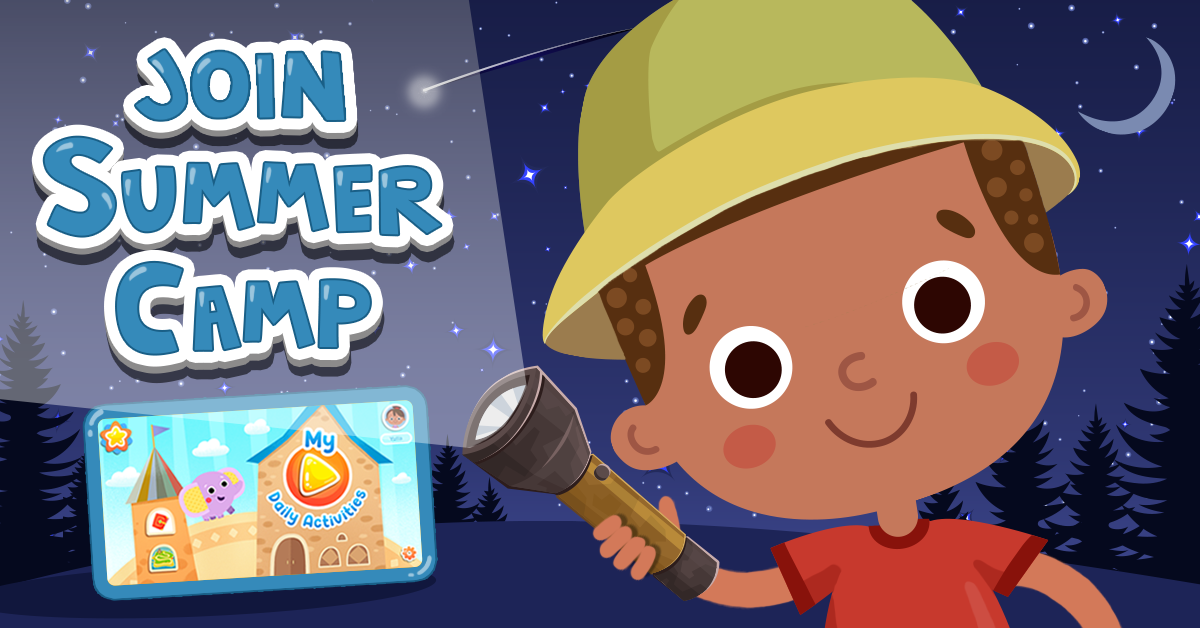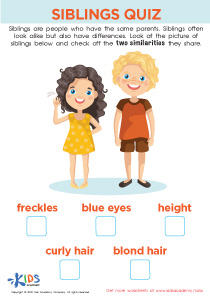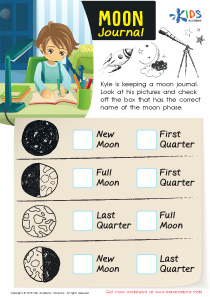Number Recognition Plants and Animals Worksheets for Ages 6-8
10 filtered results
-
From - To
Discover engaging "Number Recognition Plants and Animals Worksheets for Ages 6-8" from Kids Academy! These worksheets enhance number recognition skills while exploring fascinating plants and animals. Perfect for young learners, each worksheet combines math with nature themes to captivate and educate. Fun activities include counting, matching, and number tracing, designed to boost children’s confidence with numbers. Tailored for ages 6 to 8, these printables make learning enjoyable and effective, fostering a love for both mathematics and the natural world. Start your educational adventure today with these vibrant, interactive resources that align with educational standards!
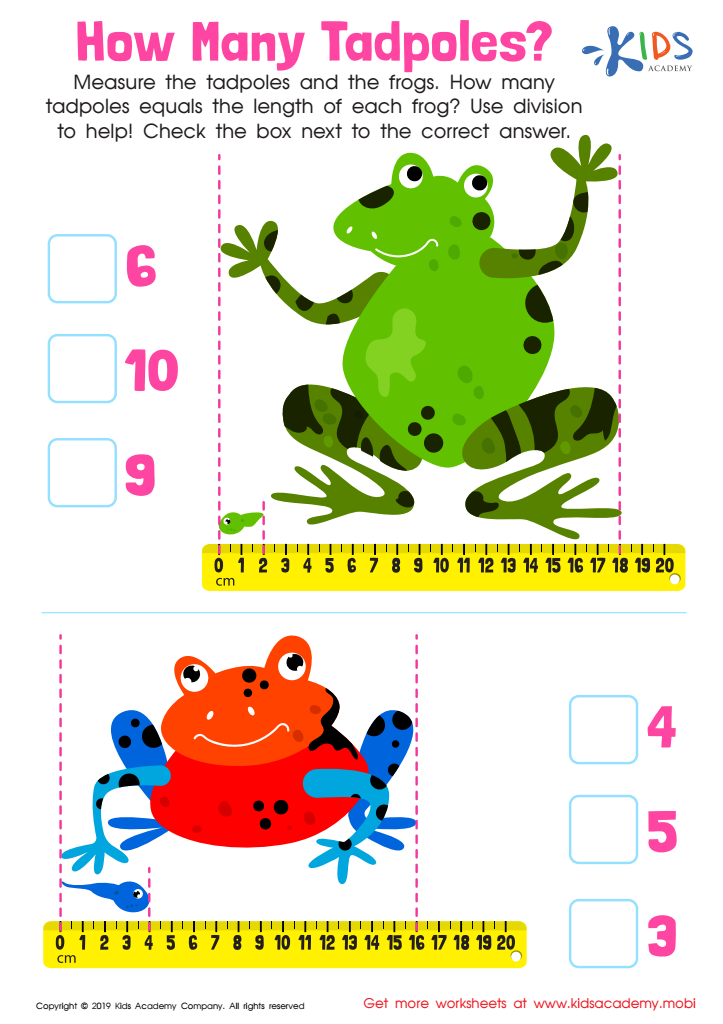

How Many Tadpoles Worksheet


African Wildlife: Giraffe Worksheet
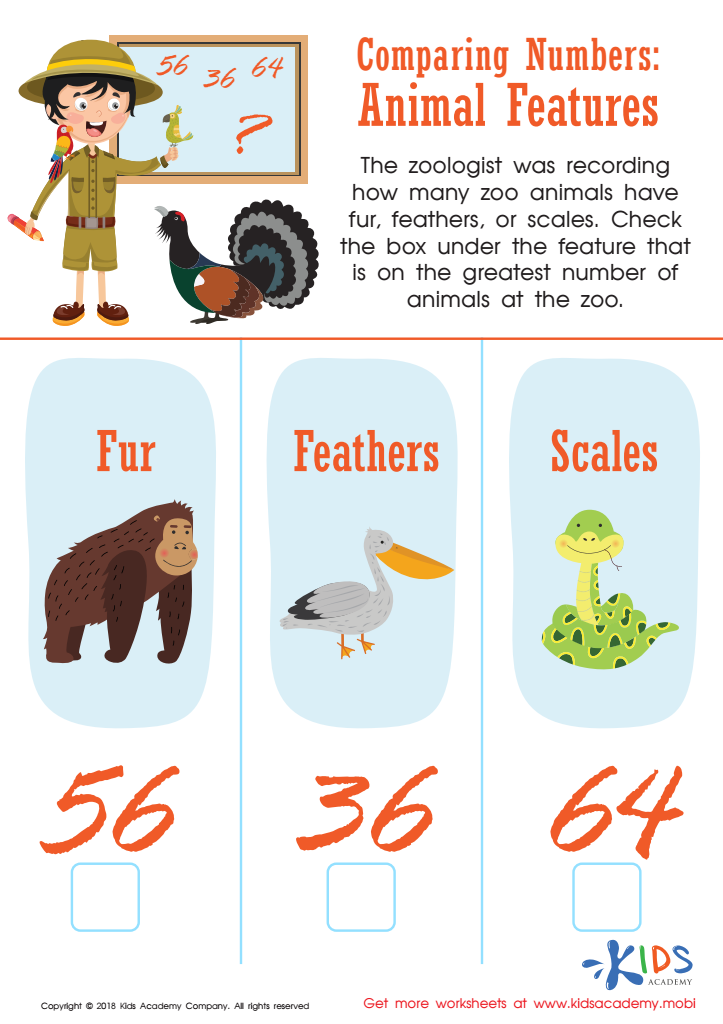

Animal Features Worksheet
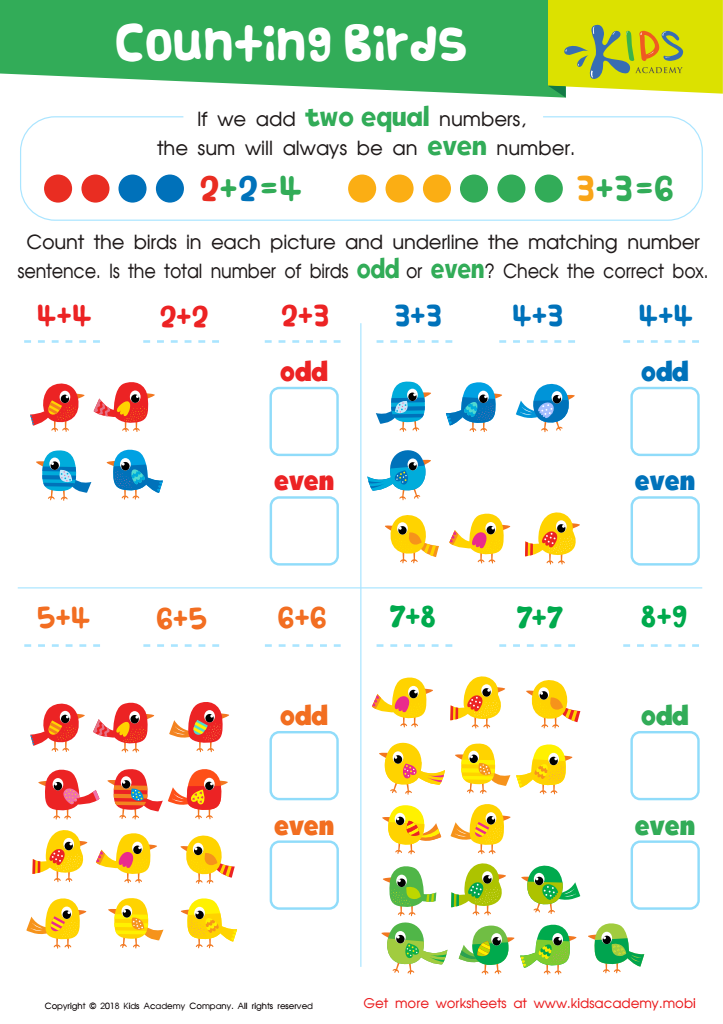

Counting Birds Worksheet


More Octopus Facts Worksheet
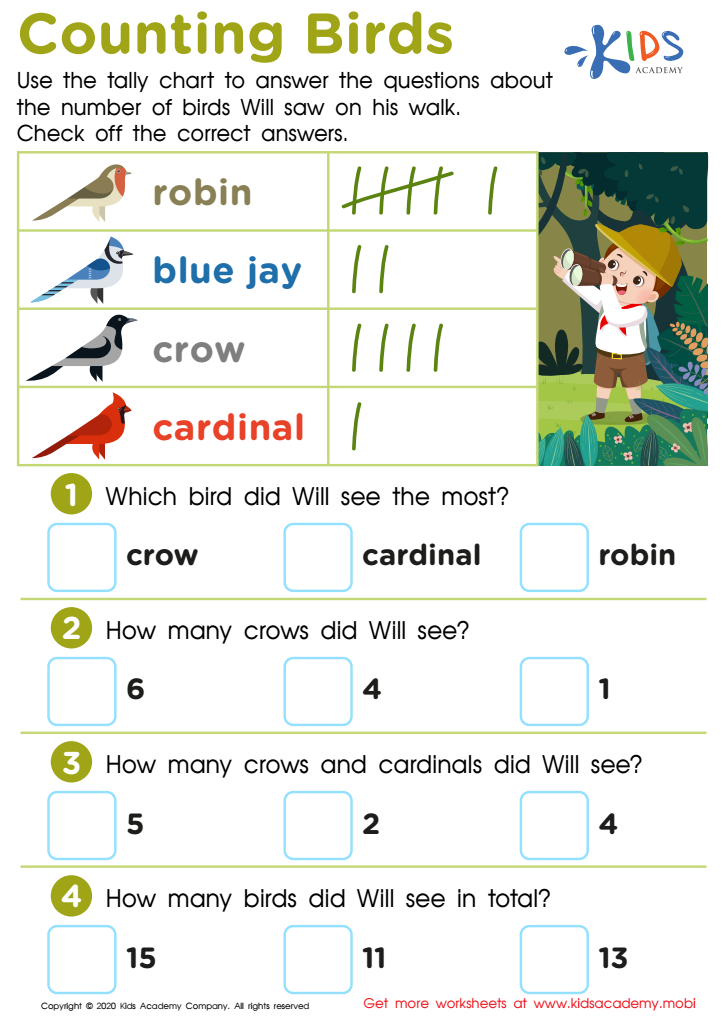

Counting Birds Worksheet
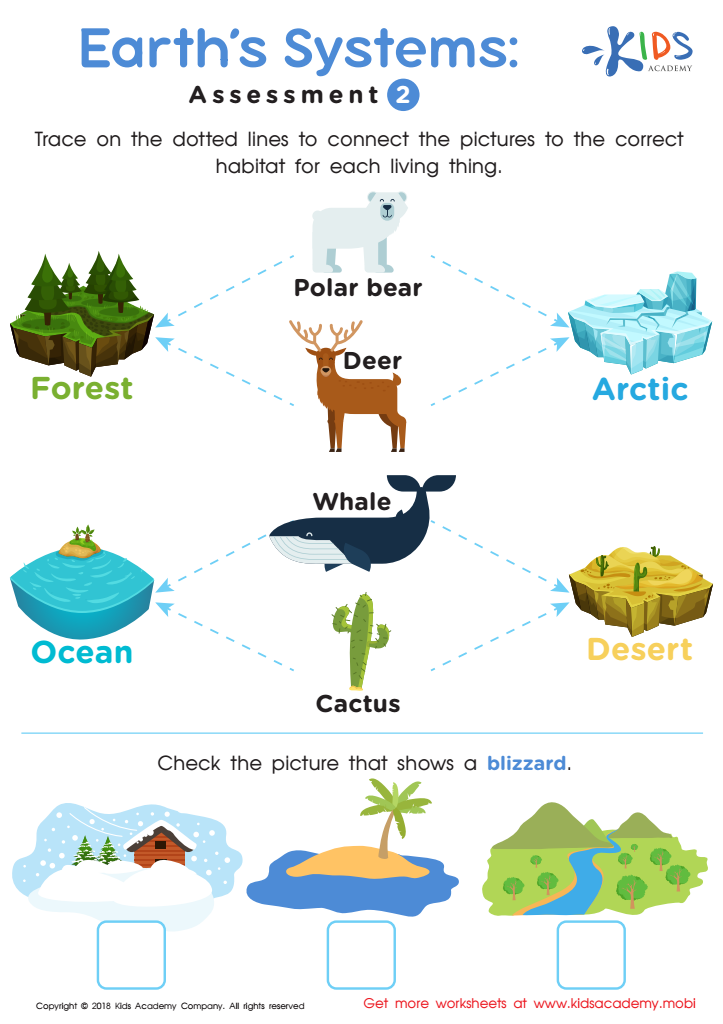

Earth's Systems: Assessment 2
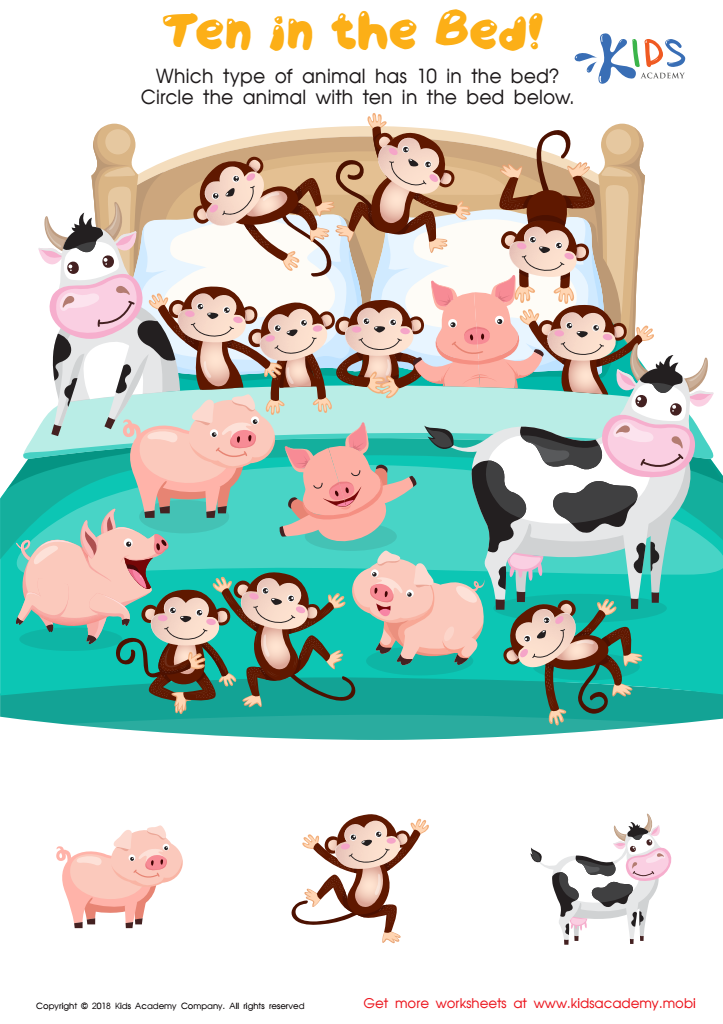

Ten in the Bed Worksheet
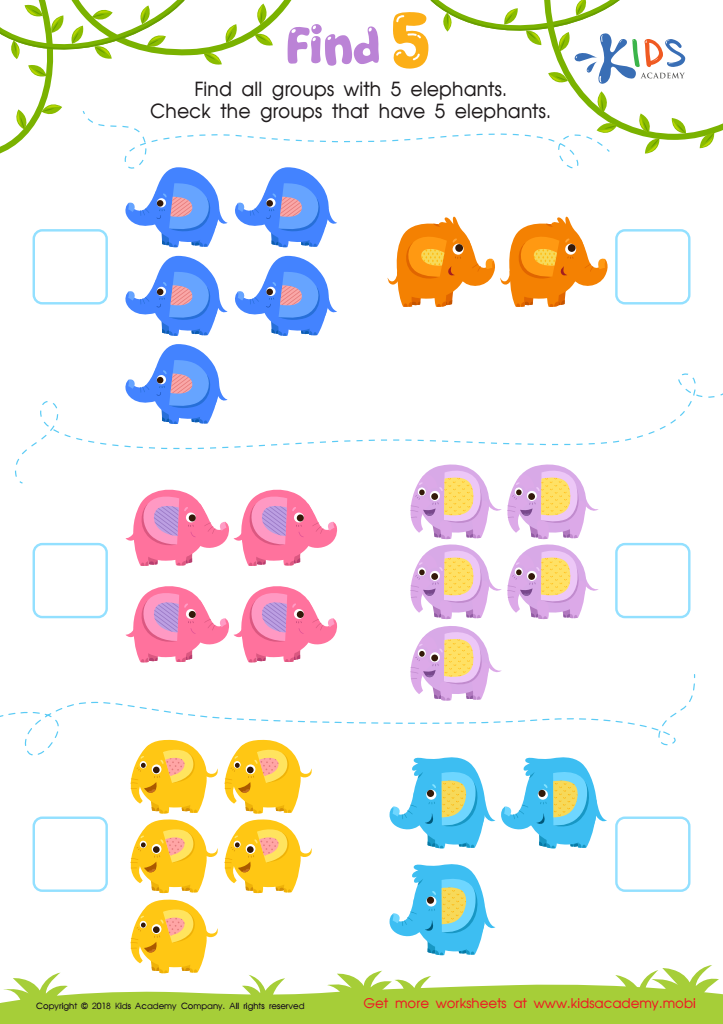

Find 5 Worksheet
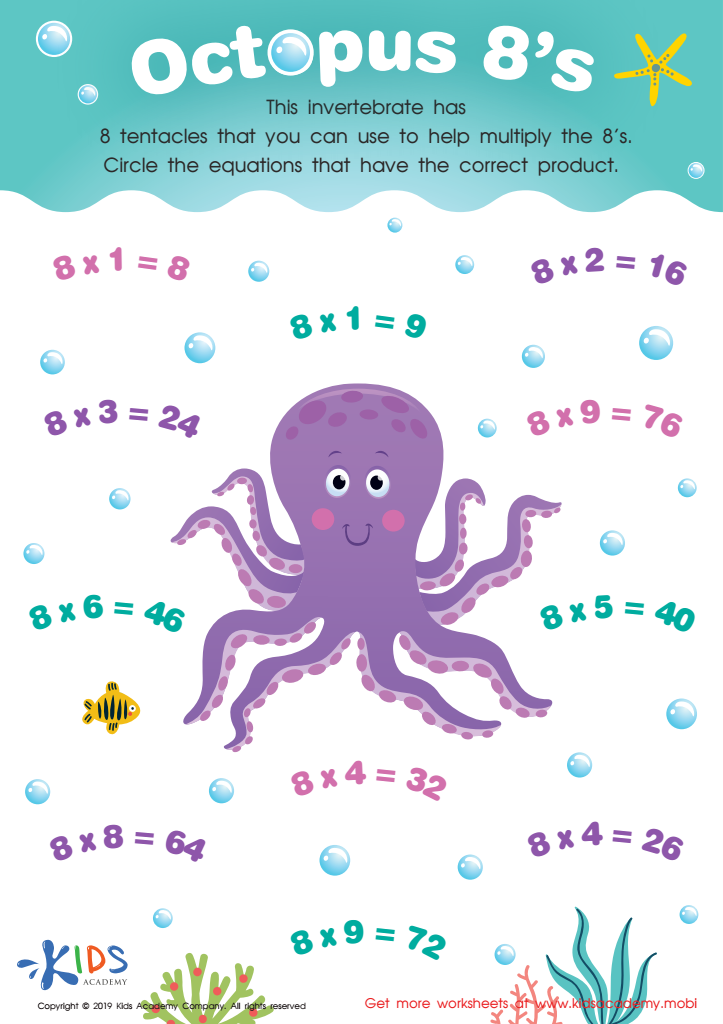

Octopus 8’s Worksheet
Parents and teachers should prioritize Number Recognition within the context of Plants and Animals for children ages 6-8 because it integrates foundational math skills with engaging, real-world content. At this developmental stage, kids are naturally curious about the environment, and combining these interests makes learning both fun and meaningful. Number recognition is a critical skill that underpins many aspects of early mathematics, including counting, basic operations, and problem-solving. Having children practice numbers while learning about plants and animals stimulates cognitive development and ensures a holistic educational approach.
Engaging with nature and its diverse species enriches children’s understanding and appreciation of biodiversity, laying the groundwork for ecological awareness and responsibility. Moreover, by connecting numbers with tangible objects like leaves, petals, and animal feet, children develop a better grasp of abstract math concepts through concrete visual aids.
Additionally, these interdisciplinary activities cater to different learning styles — visual, auditory, and kinesthetic — making sure that each child can access the curriculum in a way that best suits their individual needs. Hence, integrating Number Recognition with Plants and Animals not only meets educational standards but also fosters a love of nature and learning, creating a well-rounded foundation for future academic excellence.
 Assign to My Students
Assign to My Students



